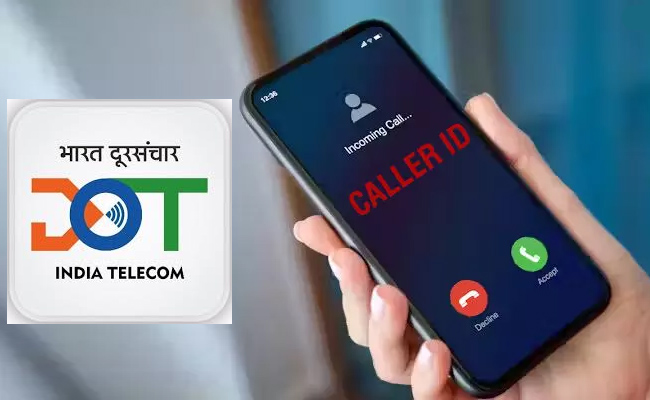DoT Orders Social Media Platforms to Take Down Caller ID Spoofing Apps
By MYBRANDBOOK

This step is part of the government’s broader strategy to strengthen telecom fraud prevention and protect users from rising cyber threats.
The Indian government has issued a strong directive to social media platforms, instructing them to remove applications and content that facilitate caller ID spoofing. The advisory, issued by the Department of Telecommunications (DoT), comes amid growing concerns over the misuse of such apps for fraudulent activities.
Caller ID spoofing is a deceptive practice where scammers manipulate phone numbers to disguise their identity. Fraudsters use such apps to make calls appear as if they are coming from legitimate sources—such as banks, government agencies, or customer support centers—tricking unsuspecting individuals into revealing sensitive information. These fraudulent tactics have led to financial scams, identity theft, and unauthorized access to personal data.
The rise in cyber fraud and telecom fraud prevention concerns has prompted the DoT regulation to take stringent action. According to officials, caller ID spoofing—where a caller deliberately alters their phone number display to mislead recipients—has been exploited for scams, financial fraud, and other cyber crimes. To tackle this issue, the DoT has directed major social media platforms, including Meta, Instagram, Google, and X (formerly Twitter), to take immediate action against apps and content promoting these illegal practices.
Also Read: Social media platform can certainly be used for asking questions and criticise
The directive mandates social media platforms such as Google Play Store, Apple App Store, and other digital marketplaces to remove applications that enable users to alter their caller ID. The removal of these spoofing applications is expected to enhance digital security and build user trust in mobile communications. However, the effectiveness of this initiative will depend on the social media platforms’ compliance and enforcement mechanisms. The DoT is also working with telecom service providers and cybersecurity agencies to track and eliminate the misuse of such apps.
Additionally, telecom operators and regulators are being urged to deploy advanced AI-driven solutions to detect and block spoofed calls in real-time. Several countries have already implemented STIR/SHAKEN protocols, an authentication framework that ensures the legitimacy of caller IDs, and India may follow suit in its telecom fraud prevention efforts.
With DoT regulations tightening and social media platforms cooperating, the crackdown on fraudulent caller ID applications is a strong step toward enhancing telecom security and consumer trust. With caller ID spoofing apps facing removal, users are advised to remain vigilant against unknown or suspicious calls. It is recommended to:


Google brings ‘Circle to Search’ feature to iPhones with r
Google has also indicated that in the coming months, a new Lens icon ...

Paytm Launches India’s First Solar Soundbox for Merchants
In a groundbreaking move, Paytm has unveiled India’s First Solar Soundb...

Raymond hit by cyber-attack, internal IT teams and authorities
Leading textile and apparel conglomerate, Raymond Limited has confirmed a...

Supreme Court bans use of WhatsApp and other electronic modes
The Supreme Court of India has notified that notices under Section 41A of...


ICONS OF INDIA : SANJAY GUPTA
Sanjay Gupta is the Country Head and Vice President of Google India an...

Icons Of India : Bhavish Aggarwal
Indian entrepreneur Bhavish Aggarwal is the CEO of Ola, India’s larg...

Icons Of India : Arjun Malhotra
Arjun Malhotra, the Chairman of Magic Software Inc., is widely recogni...


CSC - Common Service Centres
CSC initiative in India is a strategic cornerstone of the Digital Indi...

C-DAC - Centre for Development of Advanced Computing
C-DAC is uniquely positioned in the field of advanced computing...

DRDO - Defence Research and Development Organisation
DRDO responsible for the development of technology for use by the mili...


Indian Tech Talent Excelling The Tech World - ANJALI SUD, CEO – Tubi
Anjali Sud, the former CEO of Vimeo, now leads Tubi, Fox Corporation�...

Indian Tech Talent Excelling The Tech World - Rajiv Ramaswami, President & CEO, Nutanix Technologies
Rajiv Ramaswami, President and CEO of Nutanix, brings over 30 years of...

Indian Tech Talent Excelling The Tech World - Soni Jiandani, Co-Founder- Pensando Systems
Soni Jiandani, Co-Founder of Pensando Systems, is a tech visionary ren...
 of images belongs to the respective copyright holders
of images belongs to the respective copyright holders